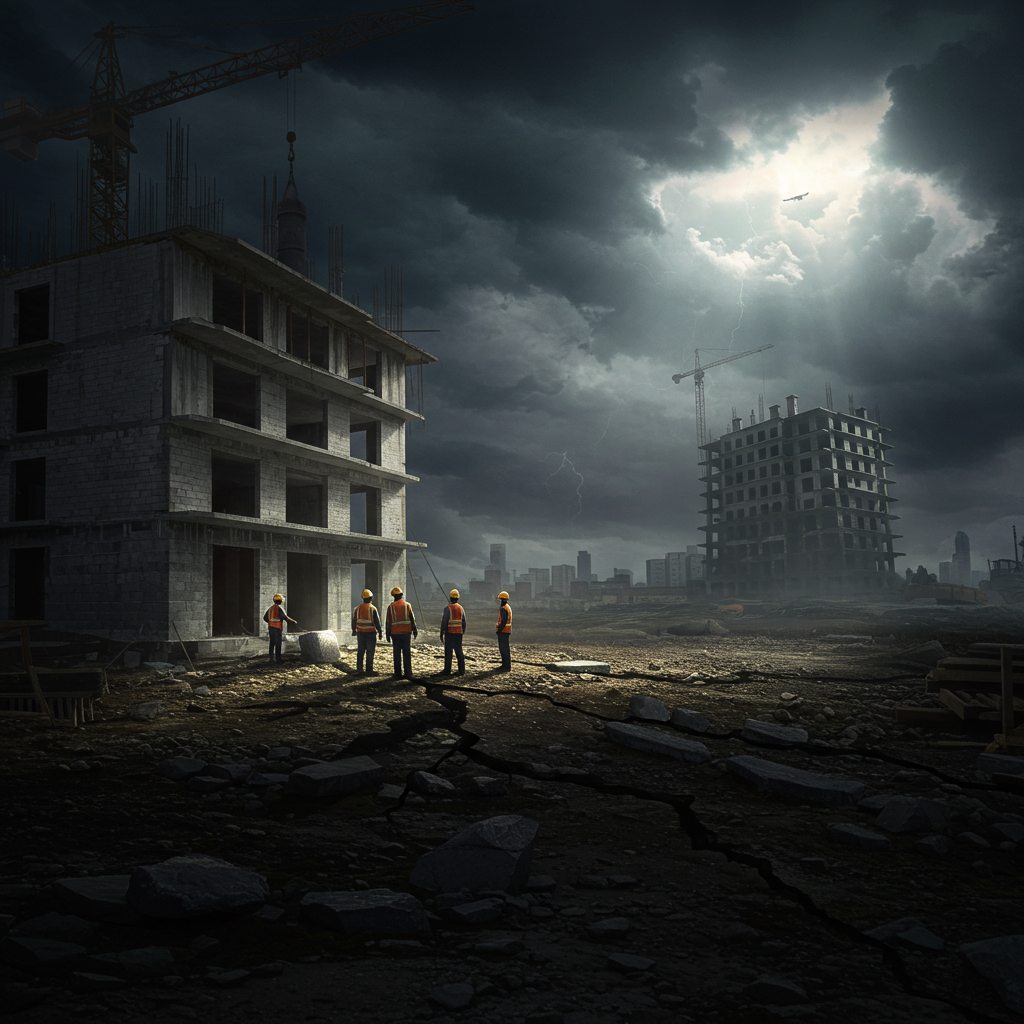According to architectural tradition across various cultures, a properly constructed building—particularly significant structures like temples, government buildings, or community centers—requires a ceremonially placed cornerstone or foundation stone to ensure structural integrity and spiritual protection. Buildings lacking this ritual element or where the cornerstone was improperly placed or blessed supposedly experience higher rates of structural failure, fires, and misfortune to occupants. Some traditions specify that cornerstone ceremonies must include specific objects sealed within or beneath the stone, such as coins, religious texts, or documents identifying the builders.

A baby’s future career or fate is predicted by the first object they select during a ceremonial setup.
In several Asian and Eastern European cultures, a traditional ceremony is held for babies usually around their first birthday. Known


